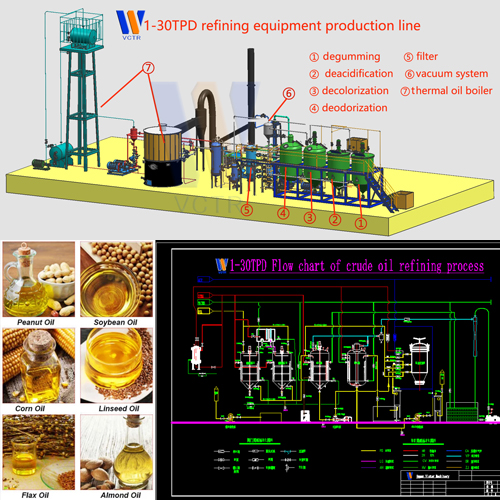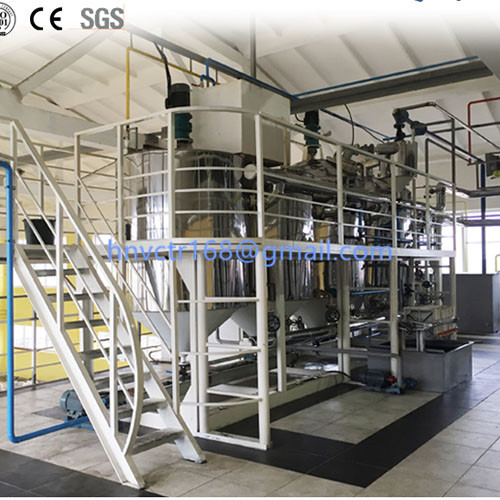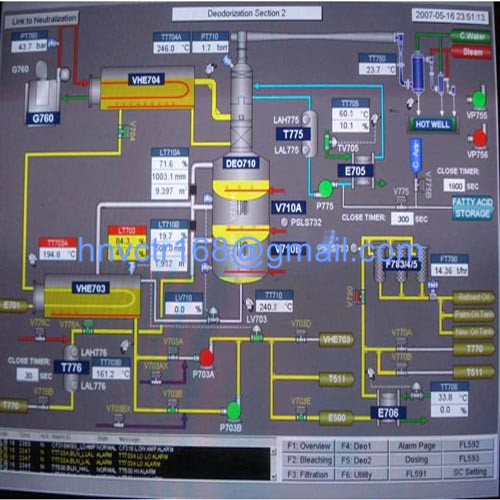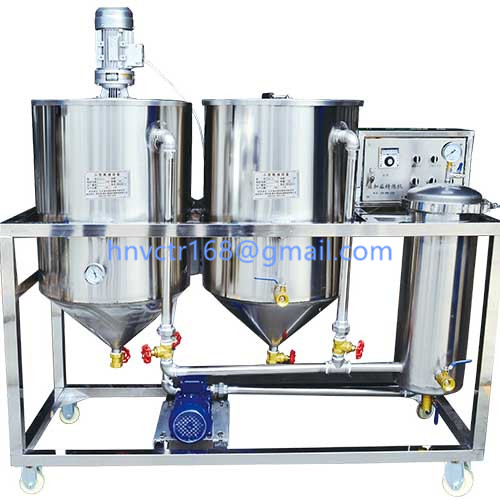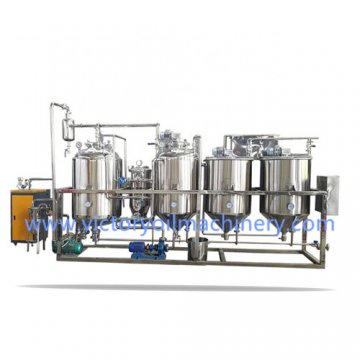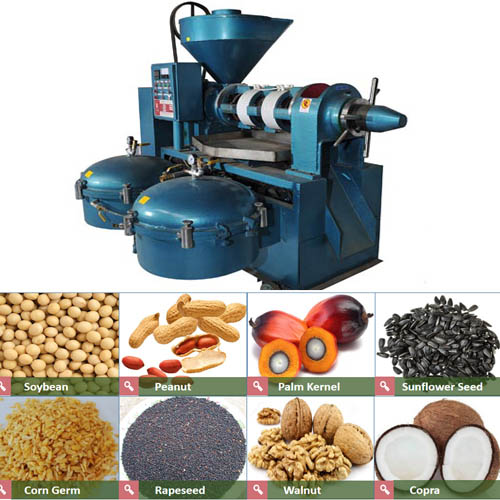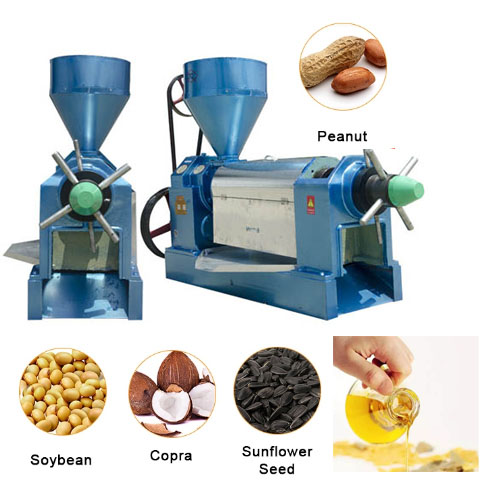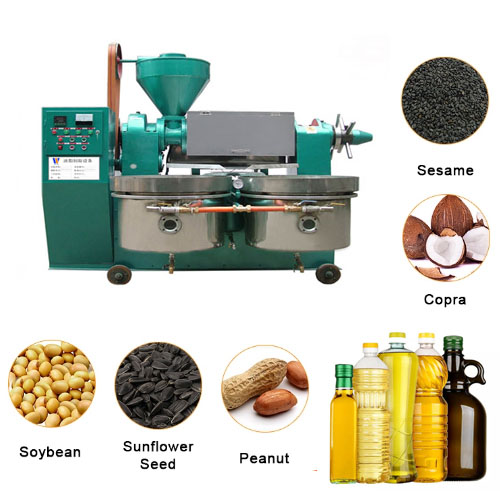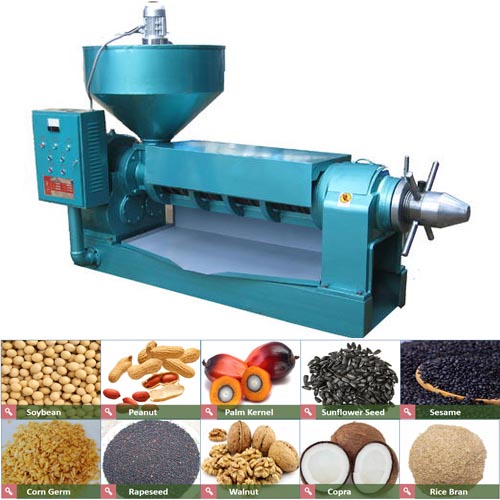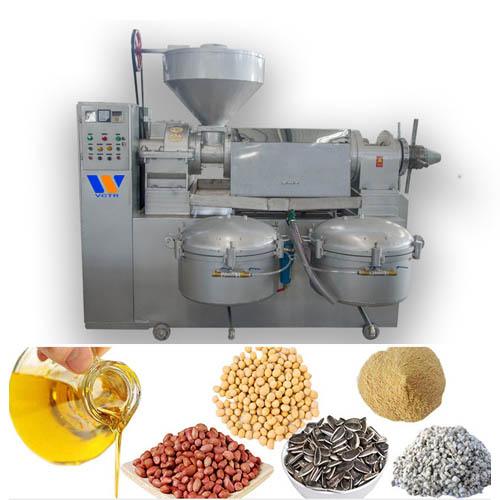Oilseed and oil processing technology-Technical parameters of solvent extraction workshop(Part 2)
3. Parameters used in calculation of related equipment
The density of the raw material (γ) 400~450 kg/m3;
Cake density (γ) 560~620 kg/m3;
The total heat transfer coefficient of the layered steaming and frying pan K=628 kJ/(m2·hour·℃);
The bulk density of the flake into the extractor is 360 kg/m3 for soybean meal and 600 kg/m3 for pre-pressed cake. The extraction time is 90 minutes.
Regarding the total heat transfer coefficient of tubular heat transfer equipment, atmospheric evaporation should not be lower than the following data:
The total heat transfer coefficient of the first evaporator is 1170 kJ/(m2·hour·℃);
The total heat transfer coefficient of the second evaporator 420 kJ/(m2·hour·t);
The total heat transfer coefficient of the solvent condenser is 754 kJ/(m2·hour·℃);
The total heat transfer coefficient of the solvent heater is 420 kJ/(m2·hour·℃).
The equipment layout should be compact,After fully considering the space for operation and maintenance, it can be considered that the main passage in the workshop is 1.2 meters, and the distance between the two equipment protrusions is 0.8 meters if the operator is required to pass, and 0.4 meters if the operator is not considered.The distance between the storage tank and the wall where no one passes by the wall is 0.2 meters. If there are pipelines passing through, the above dimensions still need to consider the space occupied by the pipe and the insulation layer. No pits or pipe trenches are allowed in the workshop to avoid solvent vapor accumulation.
4. Consumption indicators
Steam consumption: 500 (350) kg/ton material;
Electricity consumption: 15 kW·h/ton material;
Cooling water volume: 20 (30) tons/ton material;
Solvent consumption: <5 kg/ton material
Note: In the steam consumption, the number in parentheses is the consumption of the negative pressure evaporation process.
5. Piping system design
Calculate the pipe diameter of each pipeline, and select the required pipe type and material according to the raw materials to be transported. Each pipeline should be numbered, and a detailed list of pipelines, valves, steam traps, and instrument indications should be compiled. For the calculation of the pipe diameter of the extraction workshop, the flow velocity data can be selected as follows: main steam pipe 25m/s, branch steam pipe 20m/s, water pipe 1.5m/s, mixed oil solvent pipe 1.0m/s.
The density of the raw material (γ) 400~450 kg/m3;
Cake density (γ) 560~620 kg/m3;
The total heat transfer coefficient of the layered steaming and frying pan K=628 kJ/(m2·hour·℃);
The bulk density of the flake into the extractor is 360 kg/m3 for soybean meal and 600 kg/m3 for pre-pressed cake. The extraction time is 90 minutes.
Regarding the total heat transfer coefficient of tubular heat transfer equipment, atmospheric evaporation should not be lower than the following data:
The total heat transfer coefficient of the first evaporator is 1170 kJ/(m2·hour·℃);
The total heat transfer coefficient of the second evaporator 420 kJ/(m2·hour·t);
The total heat transfer coefficient of the solvent condenser is 754 kJ/(m2·hour·℃);
The total heat transfer coefficient of the solvent heater is 420 kJ/(m2·hour·℃).
The equipment layout should be compact,After fully considering the space for operation and maintenance, it can be considered that the main passage in the workshop is 1.2 meters, and the distance between the two equipment protrusions is 0.8 meters if the operator is required to pass, and 0.4 meters if the operator is not considered.The distance between the storage tank and the wall where no one passes by the wall is 0.2 meters. If there are pipelines passing through, the above dimensions still need to consider the space occupied by the pipe and the insulation layer. No pits or pipe trenches are allowed in the workshop to avoid solvent vapor accumulation.
4. Consumption indicators
Steam consumption: 500 (350) kg/ton material;
Electricity consumption: 15 kW·h/ton material;
Cooling water volume: 20 (30) tons/ton material;
Solvent consumption: <5 kg/ton material
Note: In the steam consumption, the number in parentheses is the consumption of the negative pressure evaporation process.
5. Piping system design
Calculate the pipe diameter of each pipeline, and select the required pipe type and material according to the raw materials to be transported. Each pipeline should be numbered, and a detailed list of pipelines, valves, steam traps, and instrument indications should be compiled. For the calculation of the pipe diameter of the extraction workshop, the flow velocity data can be selected as follows: main steam pipe 25m/s, branch steam pipe 20m/s, water pipe 1.5m/s, mixed oil solvent pipe 1.0m/s.

